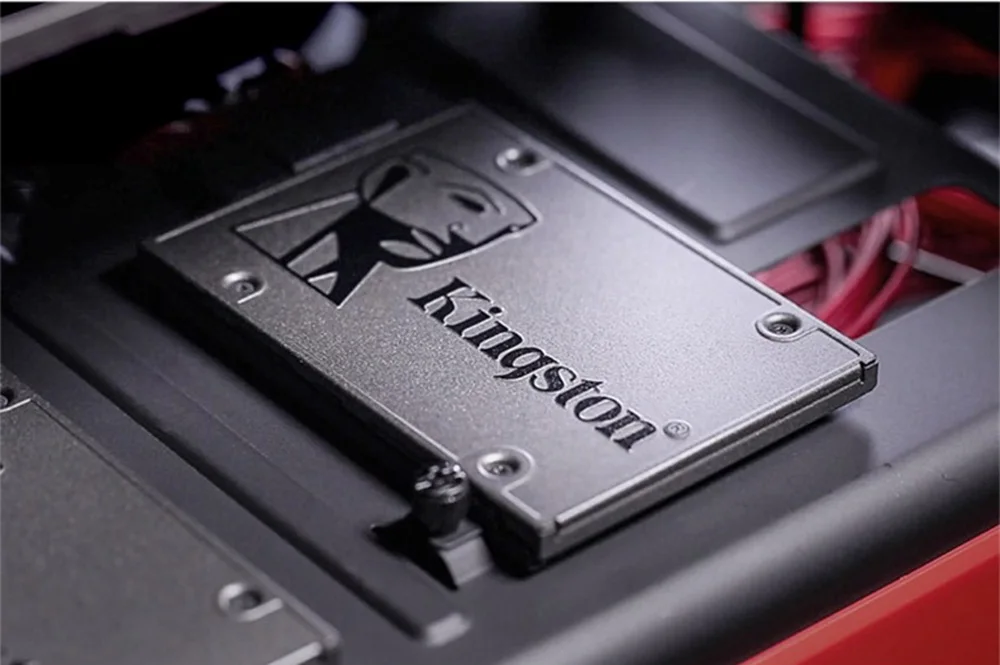
- PARALLELS ACCESS PUT HARD DRIVE TO SLEEP HOW TO
- PARALLELS ACCESS PUT HARD DRIVE TO SLEEP SERIAL
- PARALLELS ACCESS PUT HARD DRIVE TO SLEEP MANUAL
Some routers don’t not allow you to forward ports to this IP, so you may need to trick your router into allowing you to do this another way. If your PC has the IP address 10.0.0.123, you’d enter 10.0.0.255 as the broadcast address.Īccess your router’s configuration page and locate the port-forwarding screen to configure this. For example, if your PC has the IP address 192.168.1.123, you’d enter 192.168.1.255 as the broadcast address. To do this, you’ll need to forward the port to the “broadcast address,” which will broadcast the packet to all computers on a network. This is known as a “subnet directed broadcast.” The Wake-on-LAN packet must be forwarded to every device running behind your router, and a device will only wake up if the information in the WoL packet matches it. You’ll need to forward a UDP port to all IP addresses behind your router-you can’t just forward to a specific IP address. Many utilities use ports 7 or 9, but you can use any port you like for this.
PARALLELS ACCESS PUT HARD DRIVE TO SLEEP HOW TO
RELATED: How to Forward Ports on Your Router If yours doesn’t, you’ll need to disable Fast Startup. Note: Wake-on-LAN may not work on some PCs using the Fast Startup mode in Windows 8 and 10. RELATED: The Pros and Cons of Windows 10's "Fast Startup" Mode Click the Advanced tab, locate “Wake on magic packet” in the list, and enable it. Open the Windows Device Manager, locate your network device in the list, right-click it, and select Properties. You may also have to enable this option from within Windows, whether there’s a WoL option in your BIOS or not. The computer may not support Wake-on-LAN or WoL may always be enabled and have no related options in the BIOS.
PARALLELS ACCESS PUT HARD DRIVE TO SLEEP MANUAL
If you don’t see this option in your BIOS or UEFI, check the computer or motherboard’s manual to see if it supports Wake-on-LAN. In your PC’s settings, ensure the Wake-On-LAN option is enabled.

You’ll typically find this setting in a computer’s BIOS or UEFI settings. To make this work, you’ll first have to set up Wake-On-LAN normally.
PARALLELS ACCESS PUT HARD DRIVE TO SLEEP SERIAL

On your desktop, right-click the My Computer icon and select Properties.Click the Start button and select Control Panel.Note: You may need to disconnect and re-connect your USB device after applying these settings to re-establish the connection. Click the plus sign (+) next to “USB settings” and “USB selective suspend setting” to expand the options and change the setting to Disabled.Click Change plan settings for the plan you want to change.Click Hardware and Sound, then click Power Options.



 0 kommentar(er)
0 kommentar(er)
